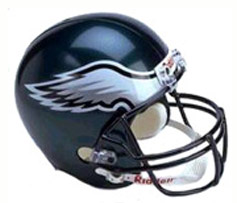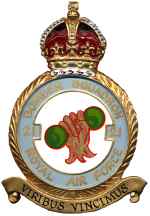 by beaky » Fri Dec 17, 2004 7:13 am
by beaky » Fri Dec 17, 2004 7:13 am
If you want to go half the "book" range, including reserve for delays/getting lost/wx diversions and fuel for taxi/takeoff/climbout, you'd put in half what the tanks will hold. I suppose you could get really into it and factor in hourly consumption based on the lighter fuel load, but I bet you wouldn't see much difference (for light singles, anyway). I've never done a serious study, but most light aircraft don't get much better mileage with only 100 or so less pounds aboard (typical full-tanks weight is 40 gallons- times 6lbs/ gal.). The same is probably true of your car, which probably holds 20 gals. max. And the safety factor of full tanks is worth more than the money saved on gas. Also, to save money, a lot of aircraft owners don't lean the mixture much- it can cause higher temps, which could shorten the life of the engine (overhauls are not cheap!). I'm a renter who gets "wet time" (fuel included), so always top it off on cross-countries, just to be sure. It's easier to remember how much you started with if it's always the same amount (and you have to KNOW what you've got- the gauges are useless)! The only time I ever took off without full tanks was in a C-150 that had about 2.0 hrs. worth - I was just practicing pattern work, and there was fuel at the field. The only reason it wasn't topped off by the previous renter was because they returned after the pump was shut down the previous day. Fuel is of no use to you in flight if it's on the ground, and money won't help you up there, either.
















 Mainboard: Asus P5K-Premium, CPU=Intel E6850 @ x8x450fsb 3.6ghz, RAM: 4gb PC8500 Team Dark, Video: NV8800GT, HDD: 2x1Tb Samsung F3 RAID-0 + 1Tb F3, PSU: Antec 550 Basiq, OS: Win7x64, Display: 24&
Mainboard: Asus P5K-Premium, CPU=Intel E6850 @ x8x450fsb 3.6ghz, RAM: 4gb PC8500 Team Dark, Video: NV8800GT, HDD: 2x1Tb Samsung F3 RAID-0 + 1Tb F3, PSU: Antec 550 Basiq, OS: Win7x64, Display: 24&



